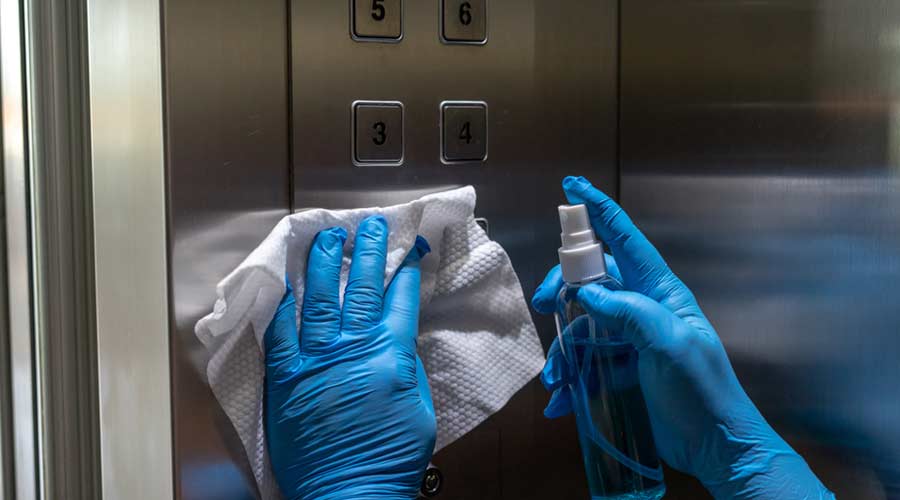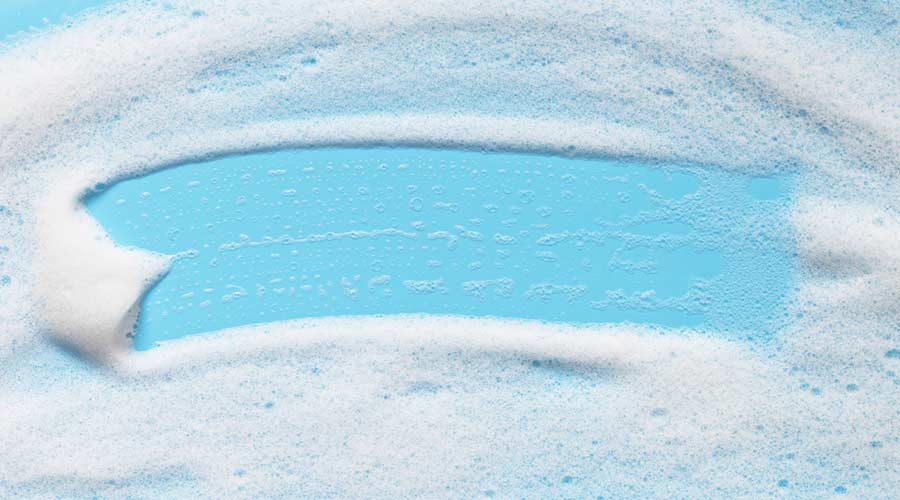
By David Green
Electrolyzed water is no longer a niche laboratory concept or an experimental tool for industrial use. Today, it is a credible and fast-growing alternative to conventional cleaning and disinfecting chemicals. Known as “charged water” in some circles, electrolyzed water is built on a fascinating scientific foundation, a long research history, and a compelling set of benefits that appeal to both organizations and consumers. As questions about safety, sustainability, and transparency dominate conversations in nearly every industry, electrolyzed water is positioned to play a defining role in the way we think about cleaning.
Although the technology feels new, its origins go back more than a century. Scientists first recognized the germ-killing properties of hypochlorous acid (HOCl) in the early 20th century. HOCl is a naturally occurring compound our bodies produce as part of the immune response to fight infection. By the 1970s, research gained momentum as hospitals, schools, and food service operations sought alternatives to harsh disinfectants. Improvements in electrolysis made it possible to generate stable, usable HOCl using simple ingredients: salt, water, and electricity.
Over the decades, electrolyzed water shifted from controlled laboratory studies to wider industrial applications. In recent years, it has crossed into the mainstream. Today, HOCl solutions appear on retail shelves, while large organizations—from hospitals to hotels—install on-site generation systems that produce solutions in real time. What was once experimental has become a practical, scalable option across industries.
At the core of electrolyzed water systems is HOCl, a water-based solution containing Free Available Chlorine (FAC). HOCl is widely recognized as the most effective of all chlorine forms for disinfection. Its germicidal efficiency comes from its ability to penetrate microbial cell walls with remarkable ease.
Because HOCl is small in size and has a neutral pH (typically between six and seven), it slips past microbial defenses much like water itself. The microbe believes it is harmless, takes it in, and is quickly overwhelmed. Once inside, HOCl breaks down the proteins necessary for survival. Unlike charged chlorine compounds, HOCl carries no positive or negative charge, which prevents microorganisms with charged outer walls from repelling it. The result is a disinfectant that is both powerful and gentle—effective against pathogens while safer for surfaces and for people handling it.
Modern Charged Water Benefits
The reasons organizations are turning to electrolyzed water systems are numerous, and they align with broader trends shaping cleaning and facility management. Here are some common reasons.
On-Demand Availability
With an on-site system, facilities can generate cleaning and disinfecting solutions instantly, eliminating the risk of shortages or shipment delays. Hospitals, hotels, and schools can’t afford interruptions, and this technology provides constant readiness.
Simplified Supply Chains
Instead of managing dozens of chemical products, organizations can streamline programs with just a few solutions produced on demand. That means less procurement, fewer deliveries, and fewer expired products cluttering storerooms.
Cost and Inventory Efficiency
By generating what they need on site, facilities avoid tying up resources in bulk orders. Reduced storage needs and lower packaging waste lead to measurable savings that can be redirected to training, technology, or staff development.
Sustainability
HOCl is made from abundant, everyday resources—water and salt. By replacing packaged chemicals, facilities reduce their reliance on plastics, cardboard, and long-distance shipping. Fewer deliveries mean fewer trucks on the road and a smaller carbon footprint. And unlike many synthetic disinfectants, HOCl eventually reverts to water or trace minerals, leaving behind no harmful residue.
Safety for Staff and Guests
Conventional chemicals often carry risks of inhalation, skin irritation, or dangerous reactions if mixed improperly. HOCl, by contrast, is neutral in pH, biodegradable, and free from volatile organic compounds (VOCs). It does not trigger asthma, making it safer for employees in daily use and more reassuring for patients, guests, and customers.
Transparency and Non-Synthetic Formulation
One of the strongest trends in recent years is consumer scrutiny of ingredients—not just in food and drink, but in personal care and cleaning products as well. People increasingly ask, “What’s in this?” just as they do with artificial dyes or additives in food. Electrolyzed water provides a simple, transparent answer: it contains no synthetic fragrances, dyes, or additives. It is effective, biodegradable, and naturally occurring. That clarity builds trust in an era when consumers are demanding cleaner, safer, and more honest solutions.
Questions to Ask Before Deciding
While the benefits are impressive, electrolyzed water is not a one-size-fits-all solution. Certain specialized cleaning needs may still require traditional chemicals. Facilities considering an investment should evaluate:
Regulatory Requirements
Does the system meet the compliance standards for your industry, particularly in healthcare or food service?
Capacity
How much solution will you realistically need each day, and can the system meet those demands?
Training and Ease of Use
Is the equipment user-friendly, and what training will your staff require?
Integration
Can HOCl replace most of your current products, or will you still need some traditional chemicals?
Support and Maintenance
What level of service, warranty, or technical support is offered?
Return on Investment
What are the upfront costs, and how do they compare to long-term savings in chemical purchases, storage, and disposal?
Alignment with Sustainability Goals
Will adopting electrolyzed water advance your organization’s environmental and wellness commitments?
Looking Ahead
The momentum behind electrolyzed water systems is clear, by way of increasing adoption and regulatory changes to accommodate its use. Organizations are under constant pressure to operate efficiently, protect staff and customers, and demonstrate environmental responsibility. HOCl offers a solution that addresses all three priorities at once.
As with any emerging technology, regulatory barriers surrounding hypochlorous acid (HOCl) are gradually being lifted. The EPA has published guidance for consumers on regulated devices and traditional registered pesticides, and in 2022, the agency issued an exemption from the requirement of a tolerance for residues on food contact surfaces, underscoring HOCl’s strong safety profile as an active ingredient for disinfecting and sanitizing hard surfaces.
Additionally, validating its use, the CDC recognizes HOCl as an effective antimicrobial in its Guideline for Disinfection and Sterilization in Healthcare Facilities, stating:
“The microbicidal activity of a new disinfectant, ‘superoxidized water,’ has been examined. The concept of electrolyzing saline to create a disinfectant or antiseptic is appealing because the basic materials of saline and electricity are inexpensive, and the end product (i.e., water) does not damage the environment.”
More than a new technology, it represents a shift in mindset: one that values transparency, minimizes unnecessary risks, and embraces sustainability as a core operating principle.
As adoption spreads, electrolyzed water is poised to become a central pillar in modern cleaning strategies. For organizations evaluating their next step in cleaning and disinfection, charged water is no longer just an option to explore—it is a trend to watch, a tool to consider seriously, and for many, the right answer for a safer, smarter, and more sustainable future.
David Green is the CEO and founder of Rediscover Clean, a consulting firm specializing in housekeeping for luxury hotels and healthcare. Focused on four core pillars—Engage, Educate, Validate, and Innovate—Rediscover Clean also represents best in class cleaning solutions and products for the industry. Learn more at www.RediscoverClean.com.
posted on 11/4/2025

 The Down and Dirty on Cleaning in Virus Season
The Down and Dirty on Cleaning in Virus Season How Surfactant Use is Expanding in Commercial Cleaning
How Surfactant Use is Expanding in Commercial Cleaning